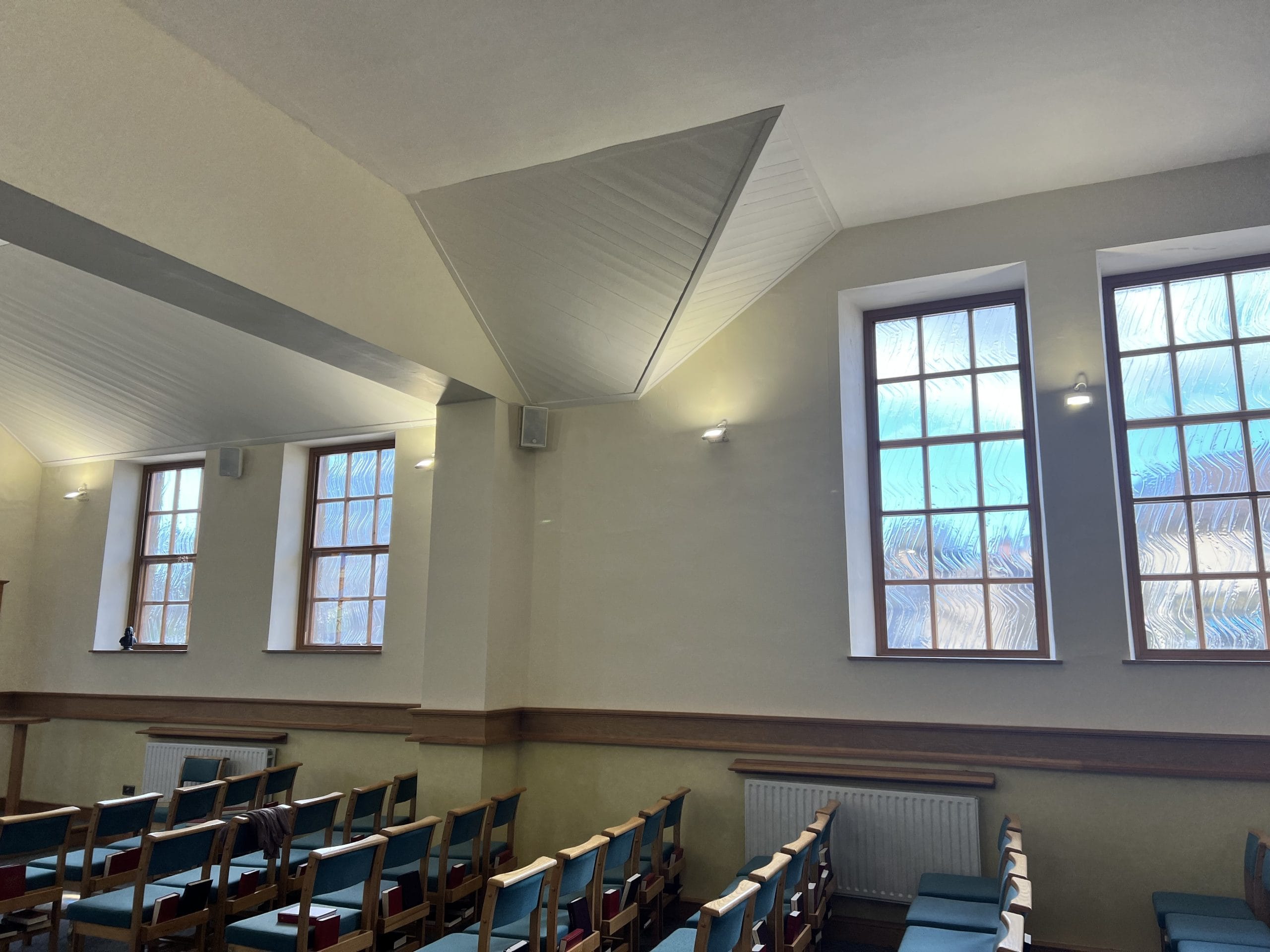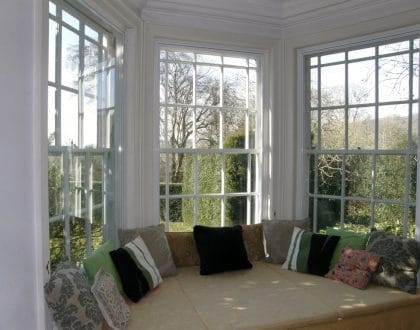Protect Your Windows, Reduce Condensation, and Save Energy with One Upgrade

Condensation on windows is a persistent issue in many homes, particularly during colder months. If left unchecked, it can lead to dampness, peeling paint, and even the growth of black mould—posing potential health risks and causing damage to your property. While various solutions exist, one of the most effective and least invasive methods is secondary glazing.
Why Does Condensation Form on Windows?
Condensation occurs when warm indoor air meets a cold surface—such as a single-glazed or poorly insulated window. This is especially common in winter when the temperature difference between the inside and outside of a home is at its peak. Everyday activities like cooking and showering contribute to excess moisture in the air, increasing the likelihood of condensation.
Some common signs that condensation is becoming a problem include:
- Persistent water droplets on windows
- Damp patches or peeling wallpaper near window frames
- The appearance of black mould around the glass and surrounding surfaces
The Hidden Dangers of Black Mould
Where there’s moisture, mould is likely to follow. Black mould thrives in damp conditions, particularly on windowsills, walls, and ceilings. Beyond being unsightly, it can pose health risks, especially for individuals with respiratory conditions. Mould spores can trigger allergies, coughing, and even more severe respiratory issues if exposure continues over time.
How Secondary Glazing Helps
Installing secondary glazing is one of the most effective ways to tackle condensation at its root cause. Unlike double glazing, which involves replacing existing windows, secondary glazing adds an internal pane behind the original window. This extra layer creates an insulating barrier, preventing the inner glass from becoming excessively cold and reducing the conditions that lead to condensation.
FAQs About Secondary Glazing and Condensation
Can secondary glazing help reduce condensation?
Yes! Secondary glazing is highly effective at reducing condensation by creating an insulating layer that keeps the inner glass warmer. This minimises the likelihood of moisture forming on the glass, making your home drier, warmer, and more comfortable.
Will secondary glazing completely stop condensation?
While secondary glazing significantly reduces condensation, it’s important to remember that condensation is influenced by various factors such as humidity, ventilation, and temperature differences. However, with proper installation and simple moisture management techniques—such as using silica gel packs in the cavity—many homeowners experience a dramatic improvement.
How soon will I notice a difference after installing secondary glazing?
Many homeowners notice an immediate reduction in condensation, while others may see gradual improvement over a few weeks. If there is existing moisture trapped in walls or window frames, it may take time for your home to fully dry out, but secondary glazing helps stabilise temperatures and speeds up this process.
Does secondary glazing help with other issues besides condensation?
Absolutely! Secondary glazing provides multiple benefits, including:
- Improved energy efficiency – reducing heat loss and lowering energy bills.
- Better noise insulation – making your home quieter and more peaceful.
- Preserving period windows – ideal for heritage or listed buildings.
- Enhanced security – adding an extra layer of protection to your home.
Is secondary glazing a better option than replacing my windows?
Yes—especially for period or listed properties, where maintaining the original windows is essential. Secondary glazing solutions retain your home’s character while offering all the modern benefits of improved insulation, noise reduction, and comfort—without the high costs and disruption of full window replacement.
What if I still see some condensation after installation?
This can happen in some cases, particularly if a room has high humidity levels. The good news is that it’s easily manageable! Using silica gel packs inside the cavity helps absorb excess moisture, and ensuring good ventilation in your home further improves results. Unlike other solutions, secondary glazing actively stabilises temperatures, making condensation much less of a concern over time.
Why should I choose secondary glazing for my home?
If you’re looking for a cost-effective, energy-efficient, and non-intrusive way to enhance your home, secondary glazing is the perfect choice. It helps control condensation, lowers heating bills, reduces outside noise, and preserves your property’s charm—all while providing an eco-friendly alternative to full window replacement.
Create a Warmer, Healthier Home with Secondary Glazing
Condensation and mould can be persistent issues, but with the right approach, they can be controlled and prevented. Secondary glazing offers a long-term solution that not only reduces condensation but also improves insulation, lowers energy costs, and preserves the aesthetics of your home.
By installing secondary glazing and using proper moisture control methods, you can create a healthier, more comfortable living environment while protecting your windows from long-term damage.
Recommended Posts

Top Tips For Soundproofing Your Bedroom
08/07/2025


